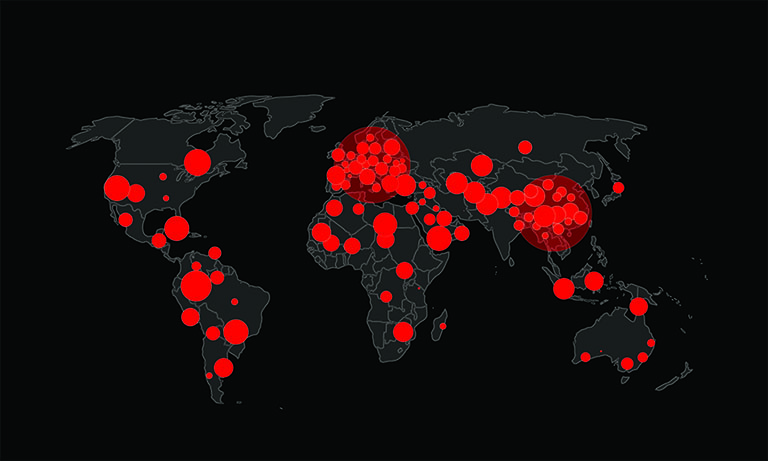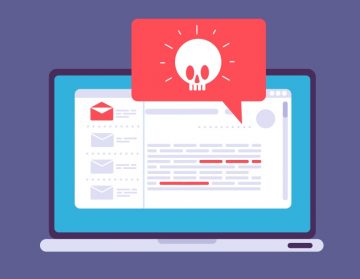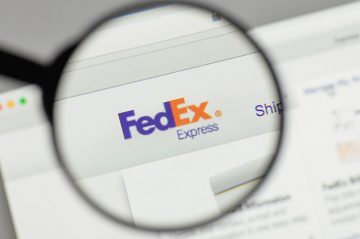What's Behind The Email Address Included In The Blacklist Scam

Online scams targeting unsuspecting users are becoming increasingly sophisticated, and phishing emails remain a preferred tool for fraudsters. One such deceptive scheme is the "Email Address Included in the Blacklist" scam. Designed to prey on user anxiety, this phishing attempt exploits fears of losing access to email accounts. Below, we'll explore the scam in detail, its potential consequences, and how to safeguard against similar threats.
Table of Contents
A Fake Warning Disguised as Urgency
The "Email Address Included in the Blacklist" scam is delivered as a spam email claiming that the recipient's email account has been blacklisted and marked as spam. In the email, users are urged to act quickly by verifying their account to avoid permanent closure. Often, the subject line of these emails is formatted to include the recipient's email address, lending an appearance of personalization and authenticity.
However, it's important to emphasize that these claims are completely false. Any legitimate service provider or entity does not send the email. Instead, it serves as a gateway to a phishing website designed to harvest login credentials.
Here's what the email says:
Subject: (XXXXXXX) Blaclisted, Verify email to avoid permanent closure of mailbox
XXXXXXX LAST WARNING:
Your email address (XXXXXXX) has been included in the blacklist and has been marked as an automatic spam so it will be verified
Click on the button below to Verify your account.
Note: account will be permanently closed.
VERIFY YOUR ACCOUNT NOW
Thank you,
XXXXXXX Security
(c) 2024
How the Scam Steals Sensitive Data
Clicking on the "VERIFY YOUR ACCOUNT NOW" button within the email redirects users to a fraudulent website that mimics a legitimate email sign-in page. When users input their credentials on this page, the scammers instantly capture the information.
Access to an email account can open the door to a wide range of malicious activities. Personal and sensitive information stored in emails may be exploited for blackmail, unauthorized account access, or identity theft. Additionally, any platforms or services linked to the compromised email address are also at risk of being hijacked.
The Risks of Stolen Accounts
When scammers gain access to an email account, they can use it to impersonate the owner. For example, they may send requests for money to the user's contacts, endorse fraudulent schemes, or distribute malicious links and files. If the compromised email is tied to financial accounts such as online banking, digital wallets, or e-commerce platforms, scammers may attempt unauthorized transactions or purchases.
In many cases, victims of phishing emails like the "Email Address Included in the Blacklist" scam face serious privacy breaches, financial losses, and reputational damage due to identity theft.
Spotting the Red Flags in Phishing Emails
While phishing emails are often poorly written and filled with grammatical errors, some scams are crafted with professional polish to appear legitimate. Fraudulent messages may even impersonate well-known organizations, institutions, or service providers to enhance credibility.
The prevalence of spam emails and the increasing sophistication of these scams mean that users should exercise caution with every incoming message. Be especially wary of unsolicited emails containing links or attachments, even if they appear to come from a trusted source.
How Scams Spread Through Spam Campaigns
Spam campaigns are a common method for spreading scams and malicious content. While phishing emails aim to steal credentials, other spam emails may distribute harmful files. These files could be included as attachments or as download links within the email.
Malicious attachments often come in the form of compressed archives (e.g., ZIP or RAR), executable files (.exe), or documents (e.g., PDFs or Microsoft Office files). Some files require additional user interaction, such as enabling macros in Office documents or clicking on embedded links, to activate the malware.
Malware Risks Beyond Phishing Emails
Phishing emails are just one avenue for spreading malware. Fraudsters also use rogue advertising networks, deceptive websites, and even illegal software activation tools to distribute harmful programs. As a result, users must adopt safe browsing habits and avoid downloading software or updates from unverified sources.
Additionally, suspicious websites should not be granted permission to send browser notifications, as these could serve as a vehicle for spam or malicious content.
Practical Steps to Stay Protected
Protecting against scams like the "Email Address Included in the Blacklist" requires vigilance. Always verify the legitimacy of emails before taking any action. For example:
- Pay close attention to the sender's email address and domain.
- Avoid clicking on links or opening attachments in unsolicited emails.
- Access accounts only through official websites by typing the URL directly into the browser.
If you suspect that you have interacted with a phishing email, take immediate steps to secure your accounts. Change the passwords of potentially exposed accounts and contact their official support teams to report unauthorized access.
Building Awareness to Combat Scams
The "Email Address Included in the Blacklist" scam demonstrates the importance of cybersecurity awareness. While scams continue to evolve, understanding their tactics and taking preventive measures can significantly reduce the risk of falling victim.
By staying alert and practicing caution with email communications, users can protect themselves from phishing attacks and other online threats. Remember, no legitimate service provider will ever pressure you into sharing your credentials or taking urgent action through an unsolicited email. Safeguard your digital presence by recognizing and avoiding scams before they cause harm.








